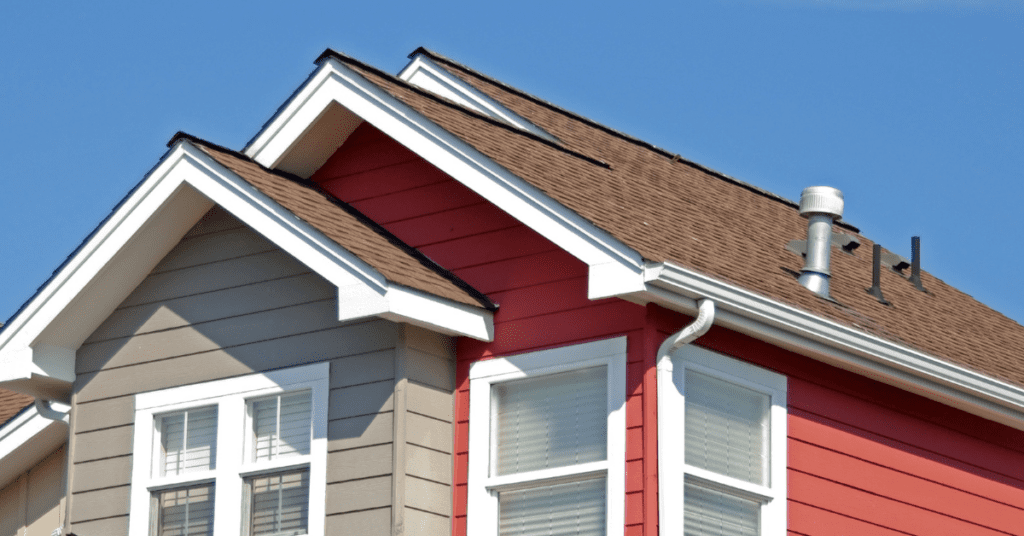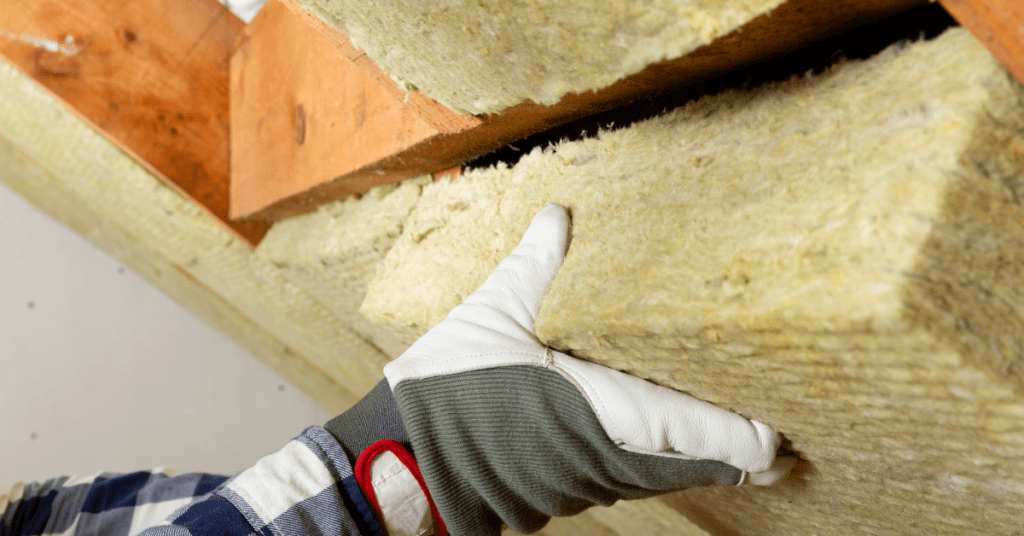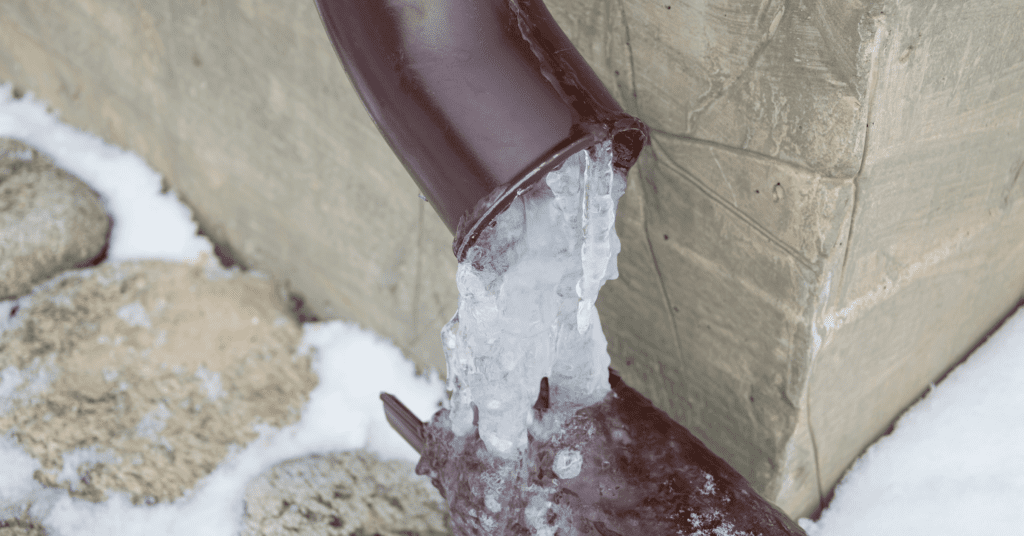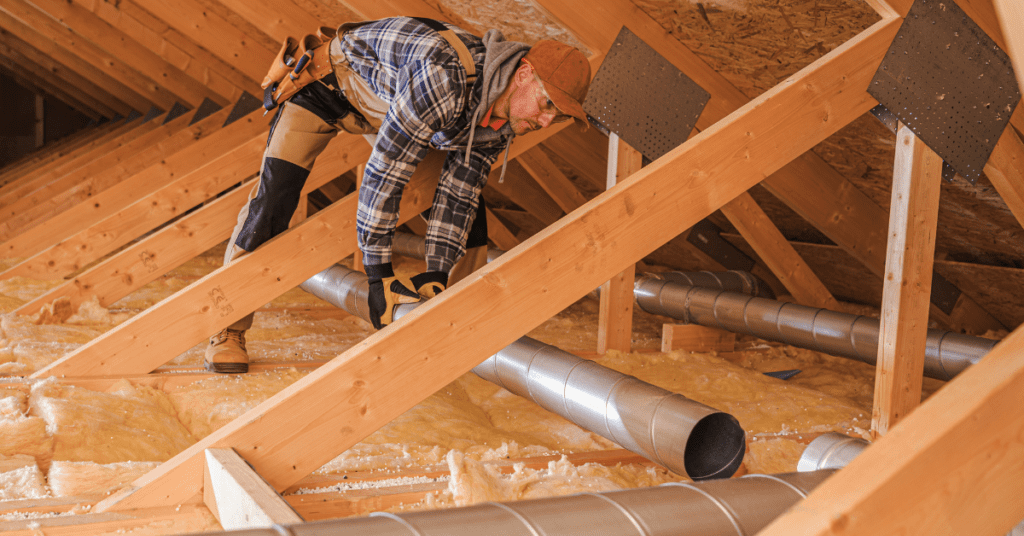The Top Signs Your Roof May Be Causing Energy Loss


Keeping your home warm and cozy during the winter months can be a challenge, especially if your roof is causing energy loss. Your roof plays a crucial role in insulating your home and protecting it from the elements. But if it’s not functioning properly, you could be losing valuable energy and experiencing higher heating bills. In this article, we will explore some common signs that indicate your roof may be causing energy loss and discuss steps you can take to prevent further energy loss.
What signs should I look for to tell if my roof is causing energy loss?
There are several signs that can indicate your roof is causing energy loss in your home. Here are some of the top signs to look out for:
1. There’s No Snow on the Roof
During winter, a frosty roof is a good sign that your roof is properly insulated. The rapid melting of snow from your roof might also be influenced by the color of your shingles. Learn about the impact of roof colour on your home’s energy efficiency and consider if a change could help retain heat. If the ice melts quickly, it suggests that the roof is not retaining heat, leading to energy loss.
2. You’re Noticing Leaks – Or Condensation
A leaky roof not only causes water damage but can also be a sign of energy loss. Leaking water can damage your home’s interior and promote the growth of mold and mildew. When water enters your home, it can damage walls, ceilings, and insulation, causing heat to escape. This indicates that your roof is not effectively keeping the elements out, leading to energy escape.
3. You See Damaged or Missing Shingles
Cracked, damaged, or missing shingles are a clear sign that your roof is in bad shape and may not be able to retain heat. Cracked or damaged shingles allow warm air to seep out, resulting in energy loss.
4. Damaged Flashing
Flashing is the material used to seal the joints and edges of your roof. Damaged flashing can allow water to enter your home, leading to energy loss and potential structural damage.
5. There Are Gaps Between Your Ceiling and Roof
Any gaps or cracks between your ceiling and roof can allow warm air to escape, leading to energy loss. Inspecting your home for gaps in insulation, especially around can lights, pipes, and wiring, is essential for preventing energy loss.


6. You Have Insufficient Insulation in Your Attic
Proper insulation in your attic is crucial for energy efficiency. While assessing your attic’s insulation is a crucial step, understanding the options for enhancement is just as important. Discover what a roofer can do to improve the insulation of your roof to ensure maximum energy efficiency. Over time, insulation can become less effective due to wear and tear. Replacing or adding insulation can help reduce energy loss and lower your heating bills.
7. Poor Ventilation
Inadequate roof ventilation can cause heat to become trapped in your attic, leading to energy loss and higher cooling costs during the summer. Understanding the role of ventilation in energy efficiency is crucial; learn more about the benefits of proper roof ventilation to prevent energy loss through your attic. Proper ventilation is essential for maintaining an energy-efficient home.
How can I tell if my roofing insulation is working correctly?
Assessing the condition of your roofing insulation is crucial for preventing energy loss. Here are some signs that indicate your insulation may not be working correctly:
Ice Damming
The formation of ridges of ice at the edge of your roof, known as ice damming, is a clear indication of insulation problems. Ice damming can be particularly damaging, not just causing energy loss but also harming your roof structure. Explore further details on protecting your home from winter damage caused by ice dams. Improper insulation and ventilation can cause ice dams, leading to energy loss and potential water damage.
Attic Water Leaks
Improper insulation can allow water to enter your home through condensation or roof leaks. If you notice water damage in your attic, it’s a sign that your insulation is not effectively keeping moisture out, resulting in energy loss.
Critters & Bugs
Infestations of pests and insects in your attic can be a sign of insulation issues. Holes and gaps in insulation provide access points for pests, indicating that your insulation needs improvement to prevent energy loss.
Cold Drafts
Feeling cold drafts in your home, especially during winter, is a clear sign that your insulation is not effectively keeping warm air inside. Adding insulation to your attic, windows, and doors can help stop these drafts and prevent energy loss.
Frozen Pipes


Frozen pipes are a sign of insulation problems. Without proper insulation, pipes can easily freeze, leading to bursting and costly repairs. Addressing insulation issues can help prevent freezing pipes and subsequent energy loss.
Mold & Moisture In Your Attic
Moisture and mold growth in your attic indicate poor insulation and ventilation. Excess moisture can lead to mold growth, affecting air quality and potentially causing health issues. Proper insulation can prevent moisture build-up and energy loss.
Overworked AC & Furnace
If your air conditioning and furnace seem to be working harder than normal, it may be due to poor insulation. Insufficient insulation forces your HVAC system to work overtime to maintain a comfortable temperature, resulting in increased energy consumption and higher bills. If you’re noticing your HVAC system is overworked, it might be time to explore different roofing materials. Find out why installing metal roofing is a good idea for energy efficiency.
High Energy Bills
A sudden increase in your energy bills can indicate energy loss through your roof. Gaps, leaks, and inadequate insulation can cause heat to escape, forcing your heating system to work harder and consume more energy.
What are the long-term effects of roof-related energy loss?
Roof-related energy loss can have several long-term effects, including:
Increased Monthly Energy Bills
Energy loss due to a poorly insulated roof can significantly impact your monthly heating bills. When your roof cannot effectively retain heat, your heating system has to work harder to maintain a comfortable temperature, resulting in higher energy consumption and increased costs.
How can I assess the condition of my roof to determine if it is causing energy loss?
To assess the condition of your roof and determine if it is causing energy loss, it is recommended to call a licensed Service Organization. They can send an Energy Advisor to conduct a comprehensive home evaluation. The Energy Advisor will inspect your roof, insulation, and ventilation to identify any potential issues causing energy loss.
What Steps Should a Roofer Take To Help You Prevent Further Energy Loss From Your Roofing System?
To prevent further energy loss from your roofing system, consider the following steps:
Insulate Your Attic
Proper insulation is key to preventing energy loss. By insulating your attic, loft, or flat roof, you can reduce heat loss and lower your heating bills. Make sure the insulation is installed correctly, and consider using a radiant barrier, which reflects heat back into your home
Optimize Shingle Colour
Choosing the right shingle colour can help reduce energy loss. Light-coloured shingles reflect heat, keeping your home cooler in hot climates, while dark-colored shingles absorb heat, providing extra warmth in colder regions.
Ensure Proper Ventilation
Proper roof ventilation is essential for maintaining an energy-efficient home. It allows hot air to escape during summer and prevents moisture build-up in the winter. Adequate ventilation minimizes energy loss and extends the lifespan of your roof.


Conclusion
Your roof plays a crucial role in maintaining energy efficiency and keeping your home comfortable. Recognizing the signs of energy loss and taking preventive measures can help you save on energy bills and ensure a well-insulated home.
Maintaining an energy-efficient home starts with a well-cared-for roof. For comprehensive strategies, check out the best 12 ways to proactively protect your roof. By addressing issues such as damaged shingles, gaps in insulation, and poor ventilation, you can enhance the energy efficiency of your roof and enjoy a more comfortable living environment.
Ensure your roof stands strong against energy loss, no matter where you live.
- Burnaby roofers and roofing contractors
- Coquitlam roofers and roofing contractors
- Delta roofers and roofing contractors
- Ladner roofers and roofing contractors
- Langley roofers and roofing contractors
- Maple Ridge roofers and roofing contractors
- New Westminster roofers and roofing contractors
- North Vancouver roofers and roofing contractors
- Pitt Meadows roofers and roofing contractors
- Port Coquitlam roofers and roofing contractors
- Port Moody roofers and roofing contractors
- Richmond roofers and roofing contractors
- Surrey roofers and roofing contractors
- West Vancouver roofers and roofing contractors
- White Rock roofers and roofing contractors
- Vancouver roofers and roofing contractors
Don’t wait for the chill of winter to creep in or the heat of summer to rise, contact us today and secure a roof that saves energy and money all year round!
